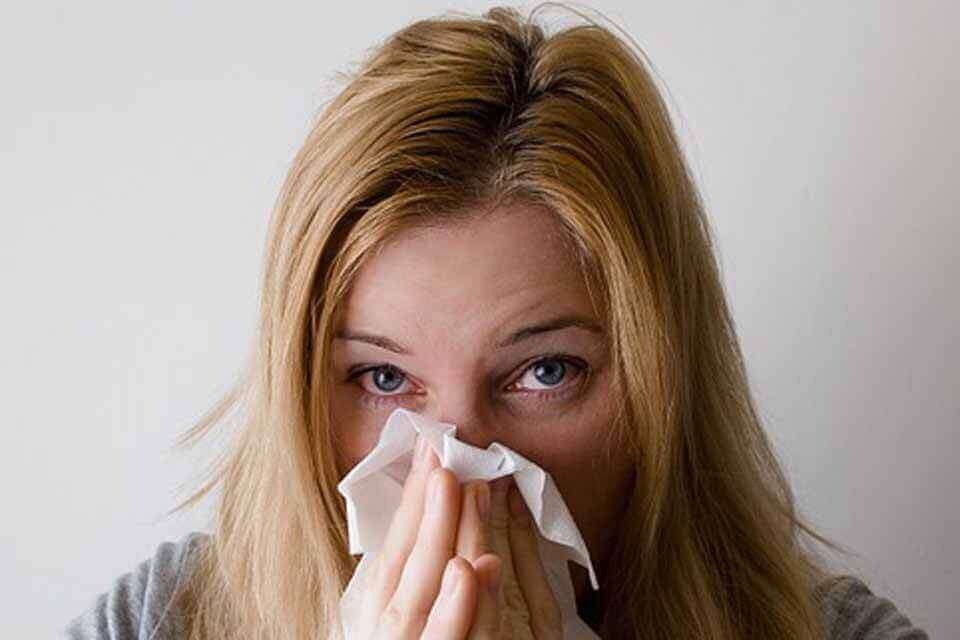10 comments "What is an allergy?"
Comments are closed.
 When an allergic person comes in contact with an allergen, an allergic reaction does not occur immediately. The immune system gradually increases sensitivity to the substance.
When an allergic person comes in contact with an allergen, an allergic reaction does not occur immediately. The immune system gradually increases sensitivity to the substance.Comments are closed.
Notification: S wl̆xt wx leth
Notification: nova88
Notification: more info
Notification: Ecstasy Online Shop
Notification: buy shroom bars near me
Notification: Spycam Porn
Notification: benelli firearms guns
Notification: valid cc shop
Notification: replay
Notification: look at this web-site